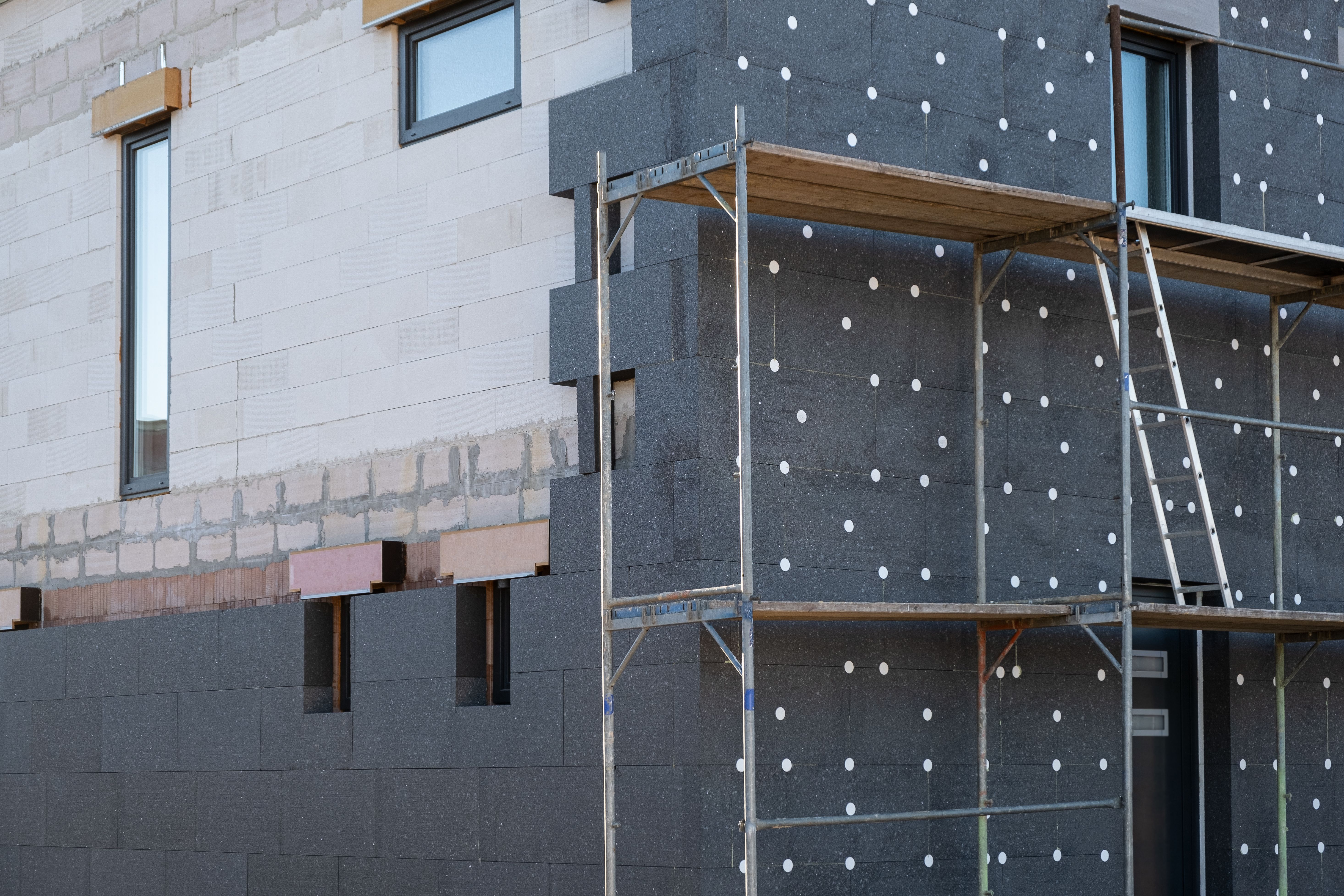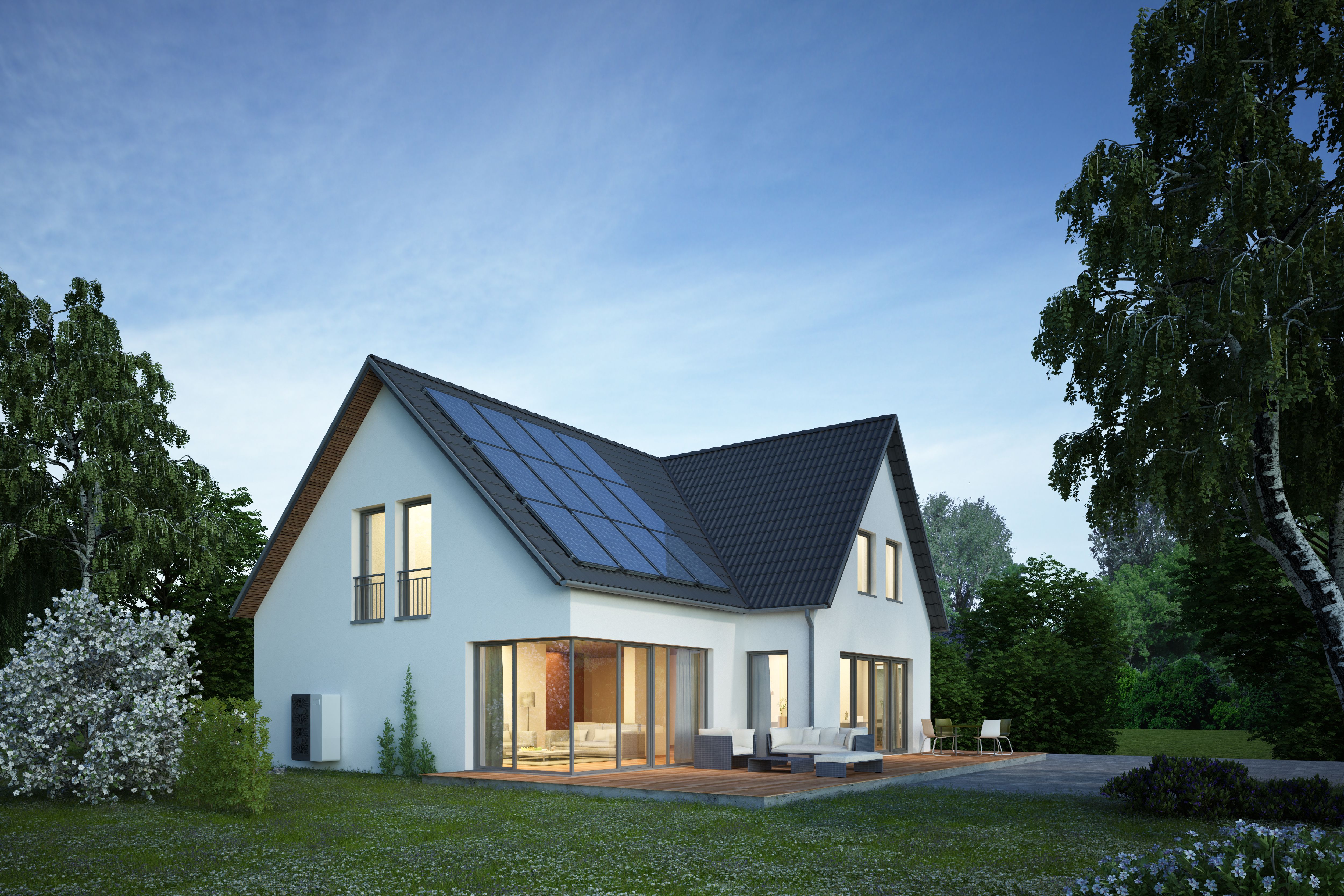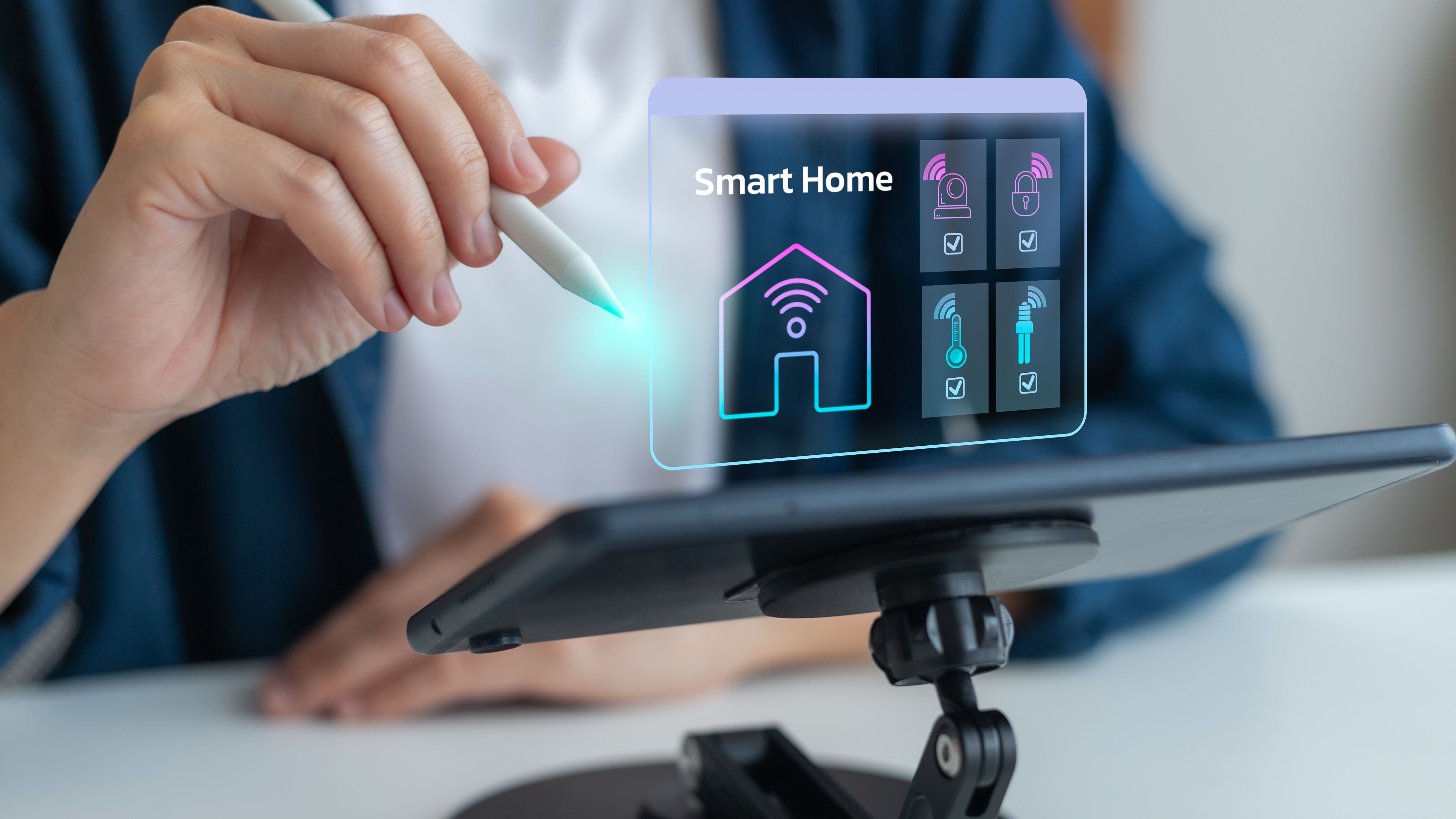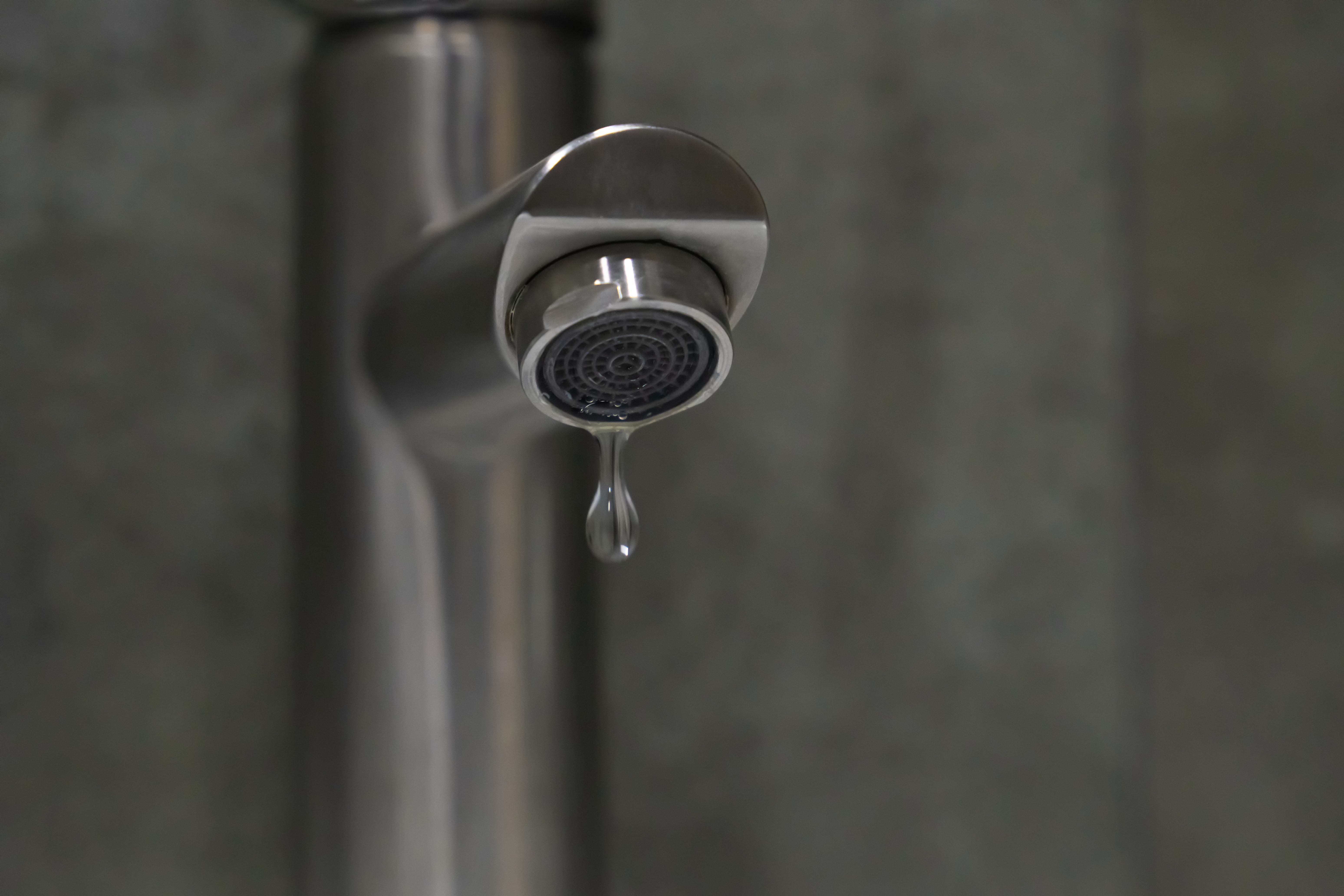Designing Energy-Efficient Homes: Expert Tips for Hartford Residents
Understanding Energy Efficiency in Home Design
Designing an energy-efficient home is not just a trend but a necessity for Hartford residents looking to minimize their carbon footprint and reduce utility costs. By focusing on energy efficiency, homeowners can create comfortable living spaces while conserving resources. But what does it mean to design an energy-efficient home? It involves a combination of better insulation, smart design choices, and the integration of renewable energy sources.
When planning an energy-efficient home, consider the orientation of the building. Positioning your home to maximize natural light can significantly reduce the need for artificial lighting. This strategic placement allows for a more sustainable and cost-effective use of energy throughout the year.

Key Design Elements for Energy Efficiency
Insulation and Thermal Mass
A critical aspect of an energy-efficient home is proper insulation. Insulation keeps the heat in during winter and out during summer, making your home more comfortable and reducing the need for heating and cooling systems. Consider materials like fiberglass, foam, or cellulose that provide optimal thermal resistance.
In addition to insulation, incorporating thermal mass elements such as concrete or brick can help regulate indoor temperatures by absorbing, storing, and releasing heat slowly. This can significantly cut down on energy consumption, especially during peak usage times.

Utilizing Renewable Energy Sources
Another vital component is the integration of renewable energy sources. Solar panels are a popular choice for Hartford residents due to their ability to harness the sun's power and convert it into electricity. Installing solar panels not only reduces reliance on fossil fuels but can also lead to significant savings on energy bills over time.
Beyond solar energy, consider geothermal systems that use the stable temperature underground to heat and cool homes efficiently. These systems may have a higher upfront cost but offer long-term savings and environmental benefits.

Smart Technology and Energy Management
Embracing Smart Home Technology
Integrating smart home technology is an effective way to boost energy efficiency. Devices like smart thermostats learn your schedule and adjust heating and cooling settings automatically, ensuring optimal energy use. Additionally, smart lighting systems can be programmed or controlled remotely, reducing unnecessary energy consumption when rooms are unoccupied.
Moreover, smart appliances that consume less energy while maintaining performance can be a worthwhile investment. Look for ENERGY STAR-rated products that meet strict energy efficiency guidelines set by the U.S. Environmental Protection Agency.

Efficient Water Management
Water usage is another area where Hartford residents can enhance efficiency. Installing low-flow fixtures in kitchens and bathrooms can drastically cut water usage without sacrificing performance. Consider rainwater harvesting systems that collect rainwater for irrigation or non-potable uses within the home.
By implementing these strategies, homeowners not only contribute to environmental conservation but also enjoy reduced utility costs, leading to long-term financial savings. Designing an energy-efficient home requires upfront planning and investment but offers lasting benefits for both the homeowner and the planet.

